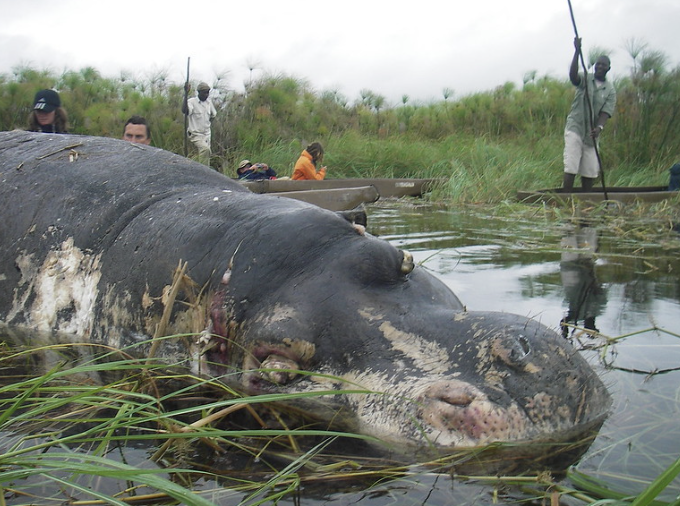Zambia is reporting by far its most widespread anthrax outbreak ever, with 684 suspected cases and 4 deaths, the World Health Organization (WHO) reported late last week.
Cases have been reported in 9 of Zambia’s 10 provinces. Previous outbreaks were confined to Northwest and Western provinces, with sporadic cases over the years. “Of note,” the WHO said, “Zambia reported anthrax outbreaks in both human and animals in Western Province in 2017 and in Eastern Province in 2016 and 2011.” The 2011 outbreak involved 511 suspected cases.
First patients ate meat from dead hippos
The outbreak began in June in Sinazongwe district in Southern province. Twenty-six people developed sores on their face, arms, and fingers after eating meat from three wild hippopotamus carcasses. Around the same time, cattle, goats, and hippos were reportedly dying from an unknown cause in surrounding areas.
Sinazongwe district remains the outbreak epicenter, accounting for 287 cases (42% of the total) and 2 deaths.
The risk of anthrax transmission to neighbouring countries is increased.
Anthrax is a zoonotic disease caused by the bacterium Bacillus anthracis that typically affects ruminants like cows, sheep, and goats. The bacteria produce extremely potent toxins, and people can develop the disease by contact with infected animals or contaminated animal products.
The WHO said, “The epidemic is spreading along the provinces located along the basin of the Zambezi, Kafue, and Luangwa rivers, which is an additional problem because these rivers also flow into Lake Kariba in Zimbabwe, Kahora Bassa in Mozambique and Lake Malawi, and the risk of anthrax transmission to neighbouring countries is increased.”
